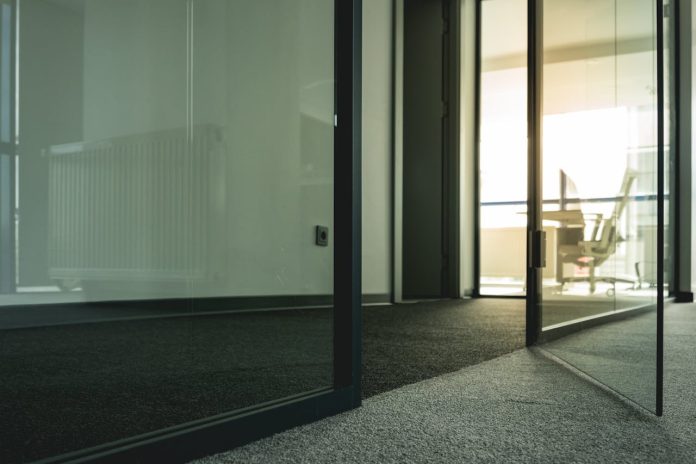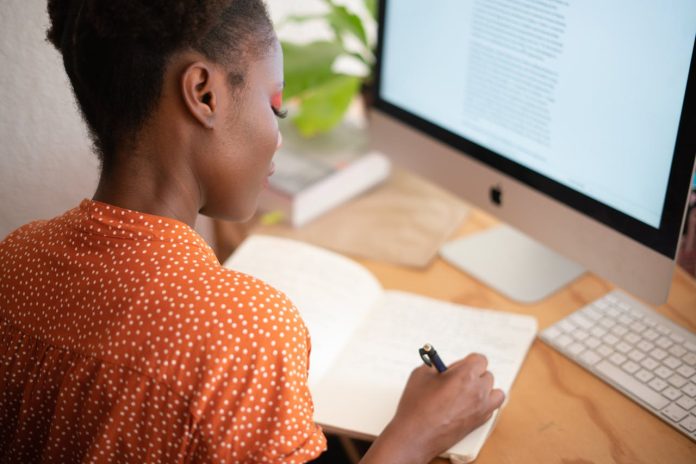A skilled assault attorney can build a strong defense by finding weaknesses in the prosecution’s case early on. These might include an alibi or challenging the credibility of witnesses.
Defending Your Rights
A conviction for assault can negatively impact your career, family life, and reputation. To be convicted, the prosecution must prove all aspects of the crime beyond a reasonable doubt. Getting the evidence in your favor early on will make it easier for your lawyer to poke holes in their case and show how they should not be able to convict you.
A strong assault case relies on many types of evidence, including police reports, testimony from eyewitnesses, and medical records. Your attorney can help you gather this type of evidence and protect your rights throughout the process. They can also advise you on what to say and not say to police officers and can prevent you from making self-incriminating statements that could be used against you in court.
When building your defense, an experienced New York City assault lawyer will tailor the evidence to fit the specific incident and your side of the story. They may even use an alibi or witnesses to prove you were not at the scene when the assault occurred and that you have no connection to the crime. An attorney, like a criminal attorney in Toronto, may also use a duress or necessity defense to argue that you acted under duress or that your actions were necessary to prevent further harm.
Sexual assault is an extremely traumatic experience, and victims often do not report the assault out of fear or shame. However, those who do come forward can be awarded damages for medical and counseling expenses, as well as restitution for property damage. An experienced NYC sexual abuse lawyer can review the law in your state to determine whether or not a judge could award you these damages.
If you are found guilty of assault, the judge may place a restraining order on you to keep you from contacting the victim. This restraining order can be enforced both inside and outside of jail. Your lawyer can help you determine if this is the right path for your case and work with you to try to get the restraining order lifted if necessary. The judge may also require you to attend anger management or substance abuse classes, as well as pay restitution to the victim for any damages you caused.
Collecting Evidence
In order to build a strong case, assault lawyers must have a deep understanding of criminal law and an ability to analyze evidence and construct persuasive arguments. They also need to be excellent communicators, able to explain complex legal concepts in a way that makes them easily understandable for clients. Assault cases often involve sensitive and delicate information, so it’s important that a lawyer be able to build a trusting relationship with their client.
Assault victims can pursue a civil lawsuit against their assailants or other liable parties in addition to pressing criminal charges, which can help them recover compensation for their damages. However, navigating the civil litigation process can be challenging without an experienced attorney on your side. A lawyer will be able to provide you with the guidance and support you need, as well as work tirelessly to secure the best possible outcome for your case.
The most critical step in a successful assault case is collecting and preserving evidence. A lawyer can help their clients collect and organize this evidence, which may include a witness statement, anything filmed or recorded by security cameras, phone records, medical treatment letters, and other documentation that can be used to prove the innocence of an accused person. They can also compile evidence to demonstrate that the assault took place in third degree, a lesser charge than rape or sexual assault.
Moreover, they can provide guidance during police interviews and make sure that their clients don’t say anything that could be used against them. This is especially crucial because the first time that someone meets with the police, they might feel compelled to explain what happened or offer an opinion. A reputable lawyer will be able to protect their clients’ rights and ensure that they do not say anything that can be construed as incriminating.
Assault cases can be emotionally and psychologically draining, so it is vital that you have the right support system in place. In addition to a supportive family and friends, it’s a good idea to seek professional help, such as a counselor or therapist. They can help you deal with the aftermath of an assault and begin the healing process.
Negotiating a Settlement

When someone is accused of assault, they typically have only a short window of time to build their defense. Challenging criminal accusations takes time for an attorney to review evidence, speak with witnesses and research relevant case law. An experienced NYC criminal defense lawyer can help their client by assessing the many details involved in your situation and crafting a strong defense.
In a criminal assault case, the state investigates the incident and determines whether there is sufficient evidence to charge the suspect with the crime. If the investigation reveals enough evidence, they will formally file assault charges against the defendant and ask that they be brought to trial. A jury will decide if the defendant is guilty or not.
If the jury finds the defendant guilty of assault, they will most likely order the offender to pay restitution to their victim. In addition, a judge may order the offender to attend anger management classes or substance abuse counseling and place them on probation. They will also be required to stay away from the victim and obey any other conditions imposed on them by the court.
A civil lawsuit against the person who assaulted you is different from a criminal case in many ways, but not all. In a criminal trial, a jury must believe beyond a reasonable doubt that the defendant committed the offense. However, in a civil case, the jury must find the defendant liable by a preponderance of the evidence, meaning it is more likely than not that they committed the crime.
Unlike in criminal cases, plaintiffs can bring civil suits against other parties who contributed to the assault, such as property owners whose negligence resulted in an attack. While the money awarded in civil settlements can’t fully compensate a victim for their trauma, it is a powerful incentive for property owners to enact better security measures to prevent future assaults from occurring. It is important for a victim to hire an assault case attorney who understands the legalities of civil and criminal prosecution in order to ensure they receive fair compensation.
Taking Your Case to Court
Once your case is handed over to prosecutors, it will be examined to determine whether to file criminal charges. Your lawyer can advise you as to what questions or statements you should or shouldn’t make during this time, ensuring that you don’t say anything that could be used against you in court.
If the evidence in your case is strong enough, your attorney may be able to negotiate with the prosecutor for a plea bargain, such as a reduced charge or a shorter sentence. This is important because a criminal conviction can result in jail time, fines, and other penalties that have long-term consequences.
Your lawyer can also help you pursue justice through a civil personal injury lawsuit against the offender in addition to filing criminal charges. Civil cases allow victims to recover compensation for damages such as medical expenses, emotional trauma, and lost income from the incident.
If you are convicted of assault, the judge or jury will order that you pay restitution to the victim. This money can be used to cover any costs the victim incurred as a result of your actions, such as repairing or replacing damaged property.
The most critical aspect of defending yourself against an assault charge is putting together a solid defense. This includes gathering any available evidence that supports your version of events, such as video footage, witness testimony, or DNA evidence. You also need to ensure that you are not retaliating against the accuser, as this can backfire and hurt your case.
It is important to remember that for you to be found guilty of assault, the prosecutor must prove every element of the crime beyond a reasonable doubt. This is an incredibly high standard to meet. If your attorney can poke holes in the prosecution’s evidence, they can argue to the judge or jury that you should not be convicted of assault.
Assault is a serious offense that has lasting consequences. If you have been charged with assault, it is crucial to hire an experienced criminal attorney immediately.



















